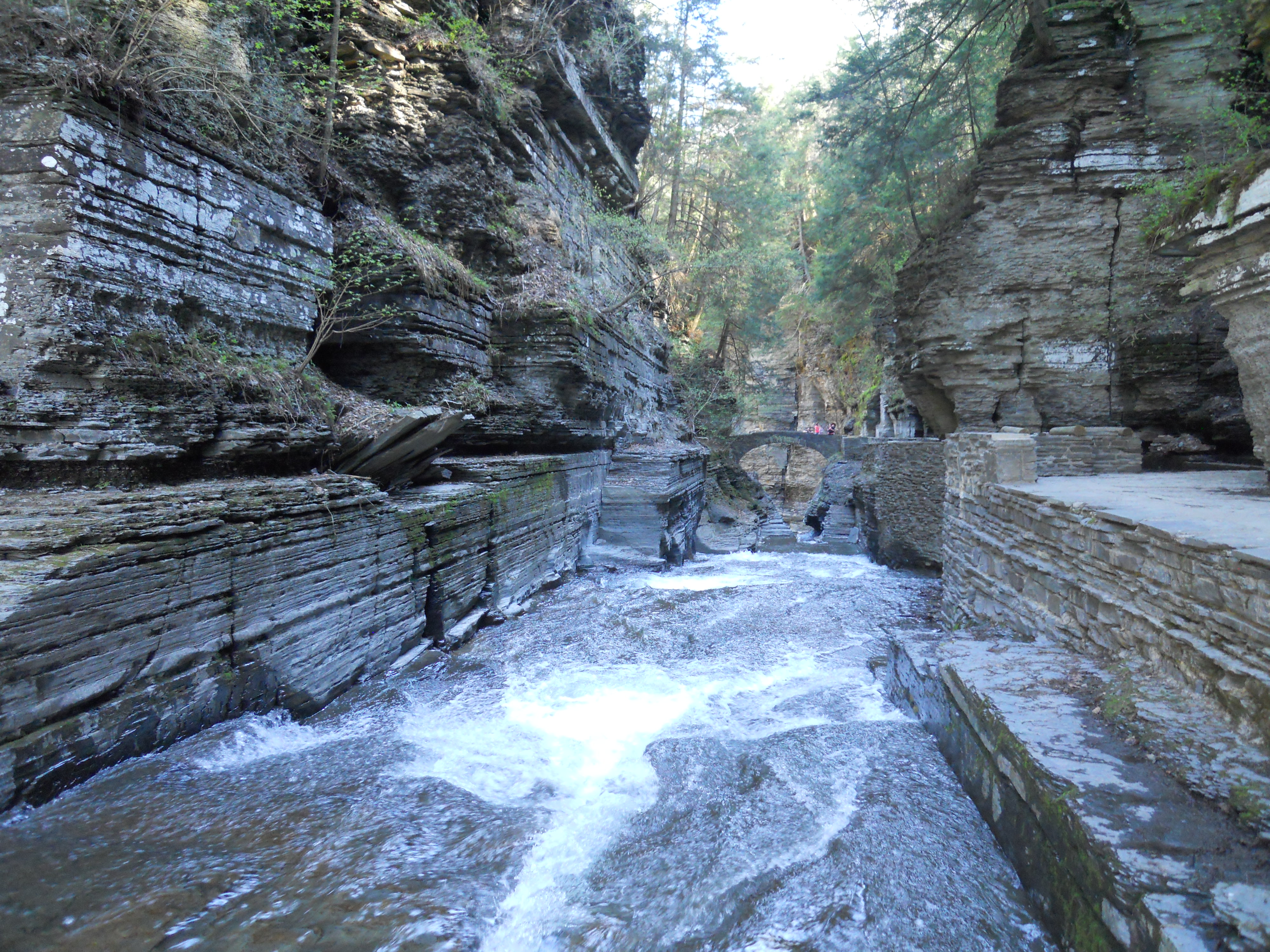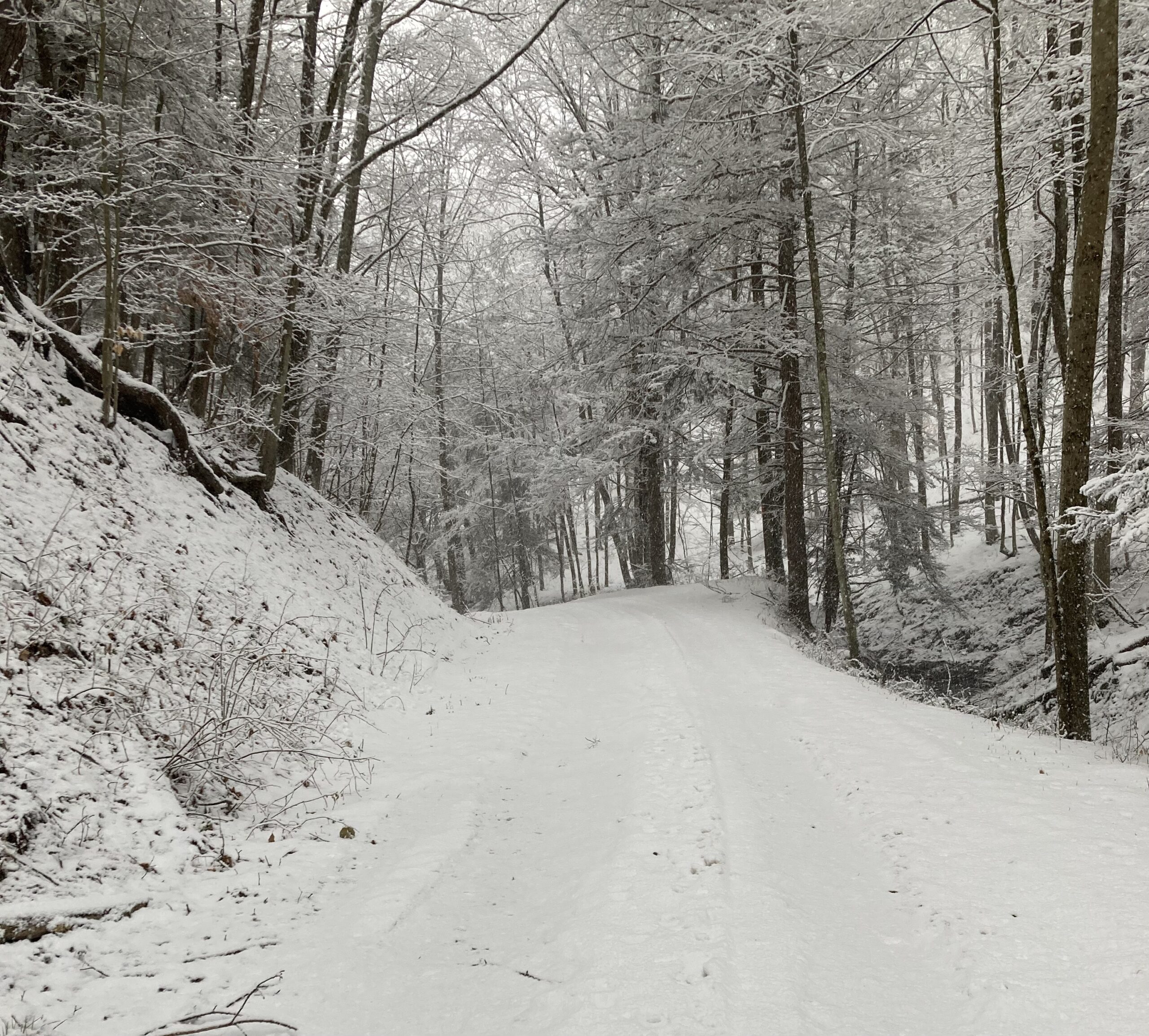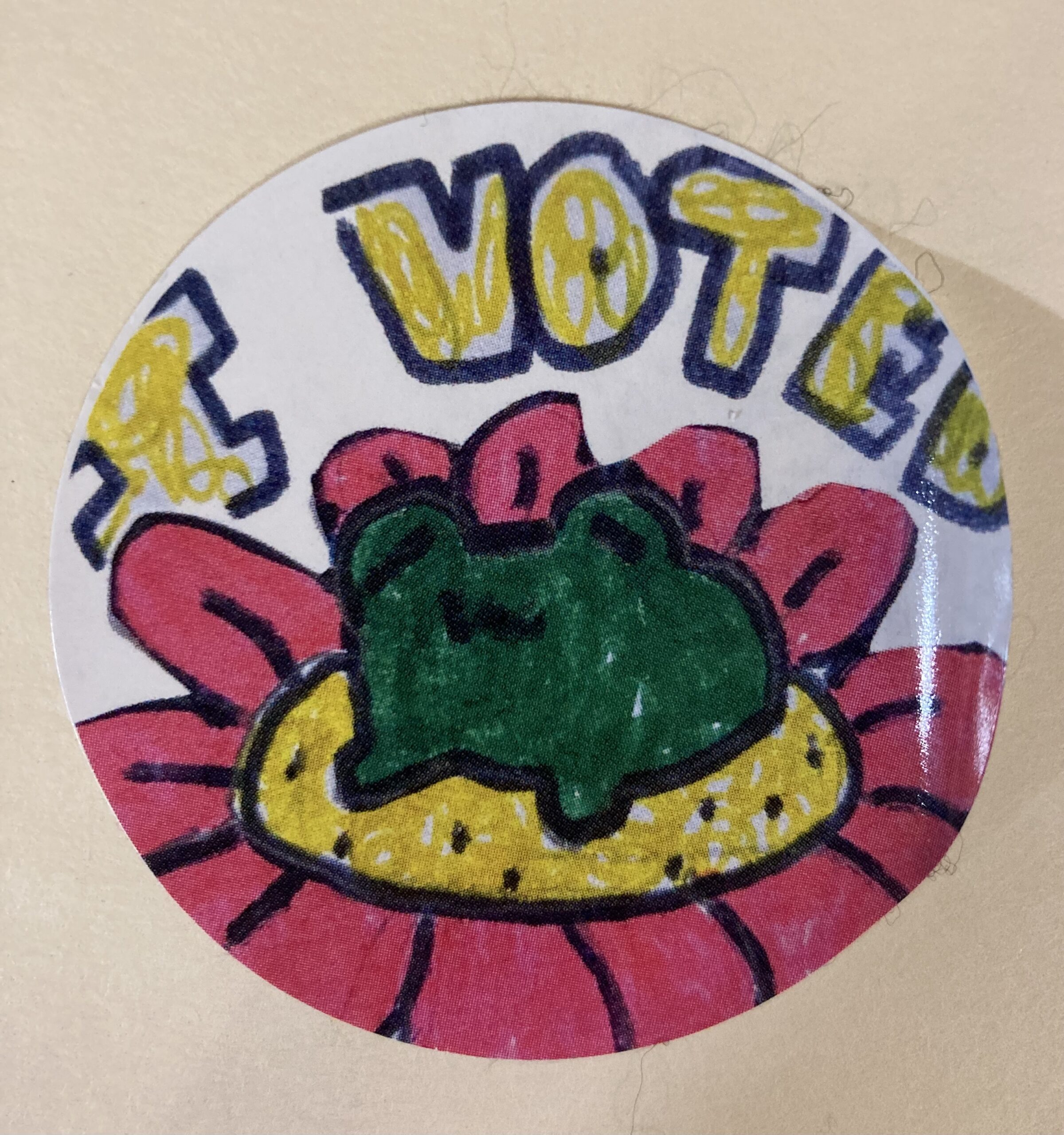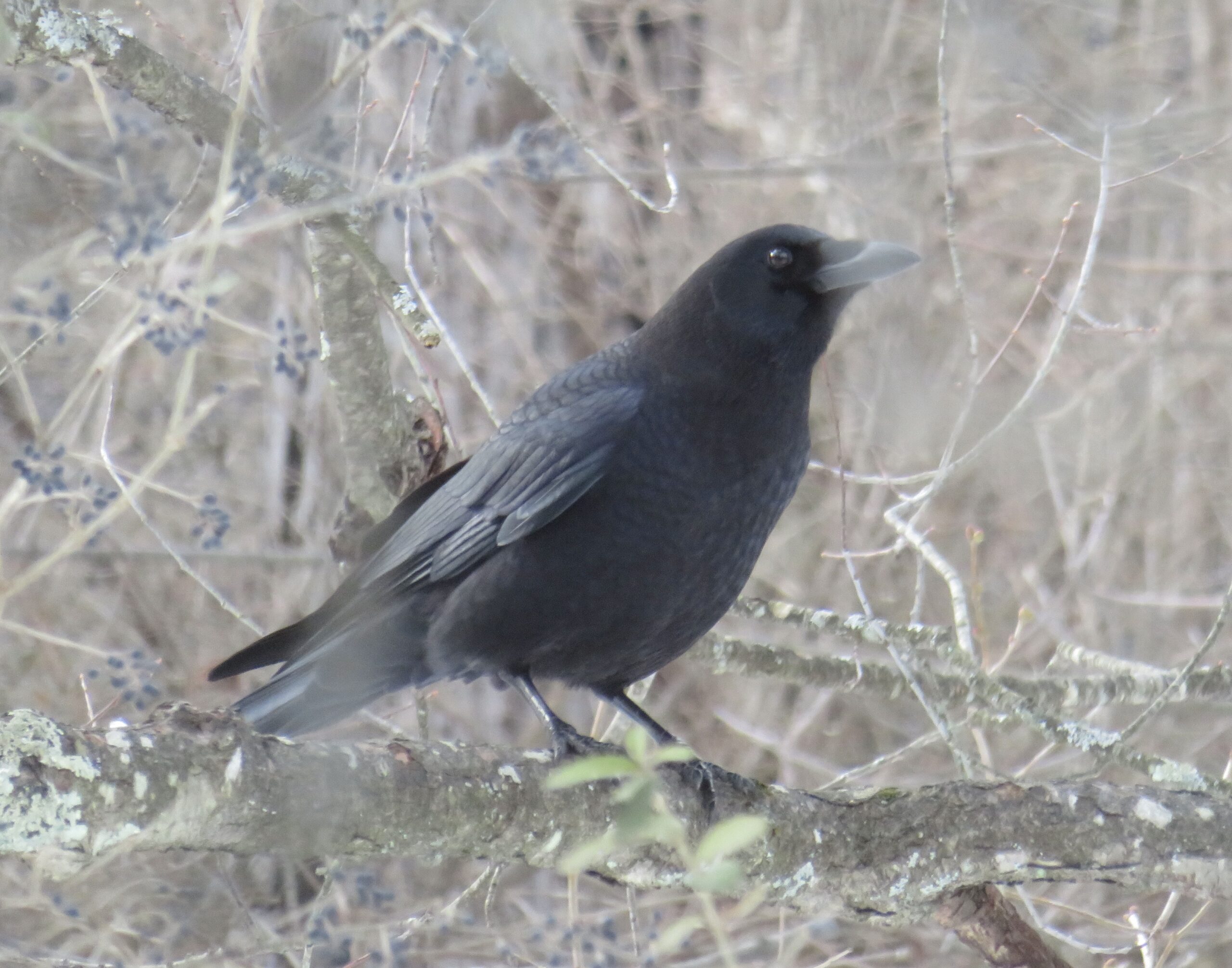When my father was in his nineties, he said one of the worst things he was facing was the sense of being alone; that almost everyone his own age or older was gone. Sure, he was lucky to have lived so long and been mentally clear, able to remember all these people, able to manage his own life. Able to even do his own taxes. He was an accountant, so this was especially important to him. He was also lucky to have sons and other, although younger, friends and relatives. But the number of losses in his life, and the sense of emptiness was staggering.
He also thought about how his aging and dying would affect others. One morning he called my wife and me to tell us he was going to die that day. He wanted to say goodbye. I found out he also ordered presents for several people, baskets of fruit. But he did not die that day. The next day he did go into a rapid decline and died 2 weeks later.
He lived 8 hours away from us, so we immediately packed the car and drove to see him. I didn’t realize it then, but the act of thinking about and caring for others made his own passing, for the moment, less fearsome. Caring for others, compassion, love just has this benefit. It surely can hurt, and terribly. But that hurt, that grief, placing ourselves in another’s heart and mind, and valuing their life and perspective can help us value, understand, and expand our own perspective. By feeling some responsibility to others, feeling the need for kindness, compassion, we feel more able to be kind to ourselves.
I know that some of us think about others and their judgments of us, more than we recognize ourselves. We impose an image we think others hold of us on top of our sense of self, obliterating our sense of ourselves. This is different from what my dad talked about. He was actually giving up his self-concern, not replacing his own inner awareness with what he imagined others thought of him. Not replacing a living feeling of his own sense of inner reality with an abstract thought. And this allowed him to notice and be more.
I don’t want to romanticize this. My dad wasn’t entirely selfless, certainly not fearless. He greatly feared a painful death. The end was not easy. But for several days his concern for others helped him approach his own death with more grace and maybe less suffering.
And there’s great research on this, on the link between compassion for others and compassion for ourselves. By looking beyond ourselves to others, we think more clearly and better notice the larger context we’re part of. We feel ourselves right here, not in some time in the future or past, not as a thought or memory, but as right now.
We don’t put things off or separate our feelings and awareness from thoughts or with thoughts. We come alive in what gives us life, now.
I thought of this because I’m now having similar feelings as my dad did. As I lose more people I once knew, and so many of those around me have severe medical issues, I appreciate what he had told me more now than I did then. His experience then is educating mine now.
I wrote a short story years ago that was published by Sunlight Press and my website. It was about a walk I took with the headmaster of my school in 1969, when I served in the Peace Corps in Sierra Leone. We were debating whether political change was possible. He said no; I argued yes. It started raining. I opened my umbrella and said, “I just changed the situation. We’re no longer getting wet.” He replied, “No, you changed nothing. It’s still raining.”…
*To read the entire article, please click on this link to The Good Men Project.










